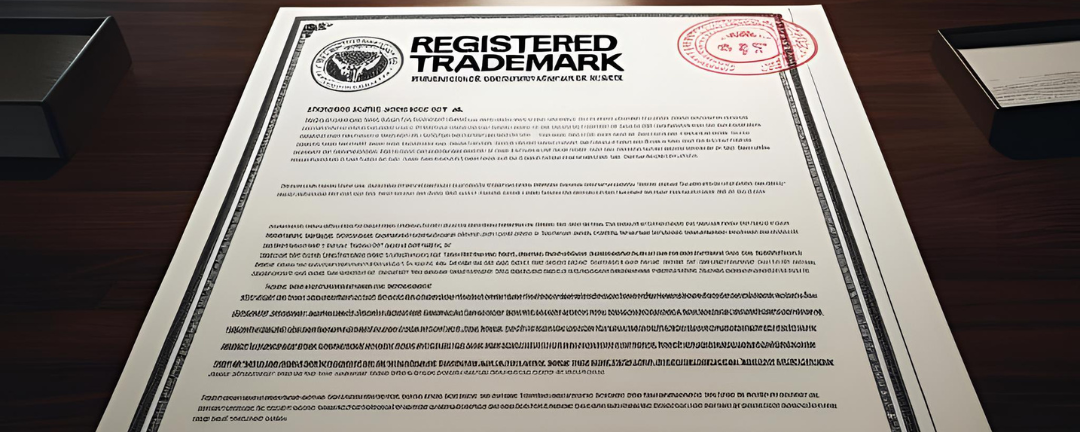When Qantas announced a significant data breach at one of its contact centers, the news sent ripples through the aviation industry and beyond. Up to 6 million customer records—including names, email addresses, phone numbers, dates of birth, and frequent flyer numbers—are potentially at risk after hackers exploited a third-party platform used to support Qantas’ customer service operations. The incident underscores the modern reality: even brands with robust internal security can be blindsided by vulnerabilities in their extended supply chain.
Honestly, this isn’t just about Qantas. It’s a stark reminder for every organization that compliance, risk management, and vendor oversight are more than checkboxes—they’re lifelines. So, what really happened? Why does it matter so much? And what can businesses learn to keep their own customer data safe?
Why This Breach Matters: The Urgency and Drivers
Let’s get real: the Qantas breach is a perfect storm of today’s biggest cyber threats. Here’s why this story is so urgent:
- Third-Party Risk: Hackers didn’t break into Qantas’ core systems—they slipped through a vendor’s door. That’s a chilling reminder that your security is only as strong as your weakest partner.
- Social Engineering: The attack likely used voice phishing (vishing) and clever impersonation to trick call center staff into handing over credentials or approving access. It’s like a digital con game, and it works frighteningly well.
- Mass Exposure: With 6 million records in play, even a fraction stolen means millions at risk for scams, identity theft, and more.
- Regulatory Spotlight: Data breach laws in Australia and globally are strict, and failure to act fast can mean heavy fines and reputational damage.
In short, this isn’t just a tech problem—it’s a business, legal, and trust crisis all rolled into one.
What Happened? The Anatomy of the Qantas Data Breach
Here’s the rundown, plain and simple:
- On June 30, Qantas detected unusual activity on a third-party platform used by a contact center.
- Hackers—possibly linked to the notorious Scattered Spider group—accessed the system using stolen or manipulated credentials, likely via social engineering.
- The attackers extracted personal data in batches, blending in with routine support operations to avoid detection.
- No credit card, passport, or login credentials were accessed; those are stored separately. But the exposed data is still enough to fuel targeted scams and phishing attempts.
- Qantas acted quickly: they contained the breach, notified regulators, and began contacting customers to offer support and guidance.
It’s worth noting that Qantas’ operational systems—like flight safety and booking—remained secure. The breach was limited to the contact center’s third-party platform.
Regulatory and Compliance Landscape: What Laws and Standards Apply?
Let me explain: in Australia, and for any company handling personal data, there’s a regulatory maze to navigate. The Qantas breach puts a spotlight on three critical frameworks:
- Privacy Act 1988 (Cth) – Notifiable Data Breaches (NDB) Scheme: Requires immediate notification to affected individuals and the OAIC if a breach is likely to result in serious harm. Qantas did just that, showing the importance of having a response plan ready to go.
- ISO/IEC 27001:2022 – Information Security Management: Sets out how to build, maintain, and monitor an information security management system (ISMS), including third-party risk controls.
- NIST Cybersecurity Framework (CSF): Offers a step-by-step approach for identifying, protecting, detecting, responding to, and recovering from cyber incidents.
Business Impact: What’s at Stake for Qantas and Others?
So, why should you care? The fallout from a breach like this can be brutal:
- Reputation Damage: Customers lose trust fast when their info is at risk. Qantas’ quick response may soften the blow, but the brand’s reputation is on the line.
- Financial Loss: Costs add up—investigations, customer support, potential lawsuits, and regulatory fines.
- Operational Disruption: Even if core systems stay safe, resources are diverted to crisis management, slowing down business as usual.
- Regulatory Scrutiny: Failure to comply with breach notification rules can trigger investigations and hefty penalties.
Remember, in today’s climate, a data breach is more than an IT headache—it’s a boardroom-level crisis.
Key Roles: Who’s on the Front Lines
Responding to a breach of this scale requires a coordinated effort across technical, legal, and business teams. Here are the essential roles that step up during and after a cyber incident:
-
Incident Response Team: Cybersecurity experts who detect, analyze, contain, and eradicate the threat. They work closely with forensic specialists to understand the breach’s scope and prevent further damage.
-
IT and Operations: Ensure that core systems remain secure, restore affected services, and implement technical fixes or additional controls.
-
Legal and Compliance: Interpret notification obligations under the Privacy Act, coordinate with regulators (like the OAIC), and ensure all reporting deadlines are met.
-
Communications and PR: Manage messaging to customers, media, and stakeholders, aiming for transparency and reassurance to protect the brand’s reputation.
-
Customer Support: Field inquiries, offer guidance, and support affected individuals—often through dedicated hotlines and web resources.
-
Executive Leadership: Make strategic decisions, allocate resources, and oversee the organization’s overall response and recovery.
Lessons Learned: What Every Business Should Take Away
The Qantas breach is a wake-up call for organizations everywhere. Here’s what you can do to reduce your own risk:
1. Rethink Third-Party Risk
-
Vendor Due Diligence: Regularly assess the security posture of all vendors with access to sensitive data—not just at onboarding, but throughout the relationship.
-
Contractual Controls: Ensure contracts mandate robust security practices, breach notification, and audit rights.
-
Continuous Monitoring: Use tools to detect unusual activity across your entire supply chain, not just in-house systems.
-
Employee Training: Run regular simulations and awareness campaigns, especially for frontline staff like call center agents.
-
Access Controls: Limit data and system access to only what’s necessary for each role.
-
Multi-Factor Authentication (MFA): Enforce MFA everywhere, and educate staff about MFA fatigue and how attackers might exploit it.
3. Prepare for the Worst
-
Incident Response Plan: Develop, test, and update a clear plan for responding to breaches—including roles, notification steps, and escalation paths.
-
Crisis Communications: Draft templates and talking points for customer and regulator notifications before a breach happens.
-
Customer Support Readiness: Be ready to scale up support channels and provide clear, practical advice to affected individuals.
4. Stay Ahead of Compliance
-
Know Your Obligations: Understand and track all relevant laws—local and global—that apply to your data and customers.
-
Practice Transparency: Notify affected individuals and regulators promptly, and be honest about what happened and what you’re doing to fix it.
-
Audit and Improve: Regularly review your security and privacy controls, and learn from every incident—yours or others’.
Practical Steps for Customers
If you’re a Qantas customer—or a customer of any business hit by a breach—here’s what you should do:
-
Be Alert: Watch for suspicious emails, texts, or calls. Don’t click on links or provide personal information unless you’re sure of the source.
-
Monitor Accounts: Check your frequent flyer and other loyalty accounts for unusual activity.
-
Update Passwords: Change passwords for any accounts using the same email or phone number as those exposed.
-
Contact Support: Use official channels to ask questions or report concerns. Qantas has set up dedicated hotlines and web resources for affected customers.
The Qantas breach is not an isolated event—it’s a sign of the times. As organizations rely more on third-party platforms and remote operations, the attack surface grows. Social engineering, supply chain attacks, and regulatory scrutiny are now daily realities.
The lesson? Cybersecurity is everyone’s job, from boardroom to help desk. It’s about continuous vigilance, robust partnerships, and a culture of transparency. When—not if—a breach happens, your response can make all the difference between a crisis contained and a crisis compounded.
In the end, trust is built not just on preventing breaches, but on how you respond when they occur.




